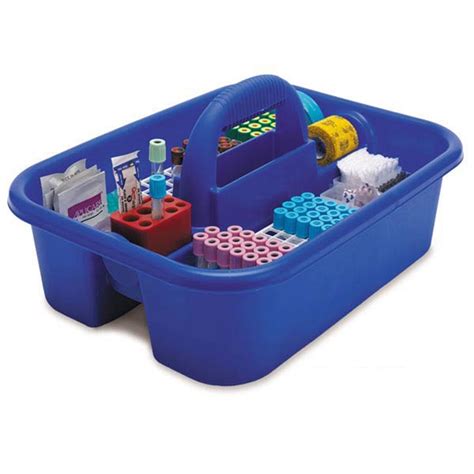Top 20 Phlebotomy Exam Questions you Need to Know for Success
phlebotomy is a vital medical profession focused on drawing blood for medical testing, transfusion, or donation purposes. If you aim to become a competent phlebotomist, passing your certification exam is essential. To help you prepare effectively, we’ve compiled the top 20 phlebotomy exam questions you need to know for success. Each question will not only enhance your knowledge but also boost your confidence on exam day.
1. What is Phlebotomy?
Phlebotomy is the process of making an incision or puncture in a vein to collect blood. Understanding the basic concept is crucial, as it forms the foundation of your phlebotomy studies.
2. What are the main duties of a phlebotomist?
A phlebotomist is responsible for:
- collecting blood samples from patients
- Maintaining equipment and supplies
- Ensuring patient comfort and safety
- Labeling samples accurately
- Communicating with healthcare teams
3. What are the common types of blood collection tubes?
| Tube Color | Additive | Test Type |
|---|---|---|
| Red | No additive | Serum testing |
| Blue | Citrate | Coagulation tests |
| Green | Heparin | Plasma testing |
| Purple | EDTA | complete Blood Count (CBC) |
4. What is the most crucial step to take before drawing blood?
Identifying the patient accurately is crucial. Always confirm the patient’s identity using two identifiers, such as their name and date of birth.
5. How do you locate a vein for drawing blood?
To locate a vein, consider the following techniques:
- Palpate the area to feel for a vein
- Apply a warm compress to dilate veins
- Encourage hydration
- Use a tourniquet for better visibility
6. What is the proper order of draw for blood collection?
The order of draw is critical to prevent contamination. The standard sequence is:
- Cultures
- Blue (Coagulation)
- Red (Serum)
- Green (Heparin)
- Purple (EDTA)
- Gray (Glucose)
7. What are the complications associated with venipuncture?
Complications may include:
- Hematoma
- Phlebitis
- Vasovagal reaction
- Infection
8. What steps should be taken during a blood draw?
- Gather your supplies
- Explain the procedure to the patient
- Perform hand hygiene
- Position the patient appropriately
- Insert the needle at the correct angle
9. how should you handle a needle stick injury?
In case of a needle stick injury:
- Wash the area with soap and water immediately
- Report the incident to a supervisor
- Follow institutional protocols for exposure
10.Why is patient consent important in phlebotomy?
Patient consent ensures you have permission to draw blood, promoting ethical practice and trust between patients and healthcare providers.
11. What is the role of a phlebotomist in laboratory processes?
Phlebotomists play a vital role in ensuring that sample collection is accurate and timely, which is essential for effective diagnosis and treatment.
12. What infection control practices should a phlebotomist follow?
To minimize infection risks, a phlebotomist should:
- Use gloves during blood draws
- Disinfect the site with alcohol
- Dispose of sharps in designated containers
13.What should you do if an adverse reaction occurs during phlebotomy?
Monitor the patient for any changes and be prepared to provide first aid or call for medical assistance if needed.
14. How can a phlebotomist ensure accuracy in specimen labeling?
Always label specimens at the bedside with the patient’s facts immediately after collection to prevent mix-ups.
15. What types of tests require fasting before blood draw?
Common tests that require fasting include:
- Glucose tests
- Lipid profile
- Certain liver function tests
16. How can a phlebotomist assure patient comfort?
To enhance patient comfort:
- Use a gentle touch
- Engage in conversation
- Explain each step of the process
17. What is the meaning of patient demographics in phlebotomy?
Understanding demographics can definitely help tailor your approach to various populations, enhancing patient care and compliance.
18. What should you include in the post-draw care?
Instruct the patient to:
- Apply pressure to the site
- Keep the bandage on for several hours
- Avoid heavy lifting with the arm
19. What is the role of dialog in phlebotomy?
Effective communication builds rapport with patients, ensuring they understand the process and feel relaxed.
20. What are some tips for passing the phlebotomy exam?
- Review study materials regularly
- Participate in practical demonstrations
- Utilize practice tests
- Form study groups
Conclusion
Passing the phlebotomy exam requires a solid understanding of the key concepts and procedures involved in blood collection. By familiarizing yourself with these top 20 phlebotomy exam questions and their answers,you’re not only enhancing your knowledge but also preparing yourself for a triumphant career in healthcare. Remember to practice your skills, engage with fellow students, and maintain a positive mindset as you approach your exam day.Good luck!
